Jewelry
Artisans have reinvented the ancient production techniques of tribal jewelry making in Orissa.
Artisans have reinvented the ancient production techniques of tribal jewelry making in Orissa.
Learn more
Woodcraft is the artistic practice of shaping and decorating wooden objects into diverse range of utilitarian and decorative handicrafts items.
Learn more
Screen printing on textiles offers great freedom to the designer. Block printing is a versatile old craft used to print by hand on paper and fabric.
Learn more
Papier Maché animals, hangings and decorations are made in Orissa and painted in the traditional style of that region.
A traditional, tribal method for the wax casting of brass. Striking and unique, every piece is meticulously handcrafted without the assistance of modern technology.
Learn more
There are many weaving communities in East India and each has their special techniques, motifs and colors. Weaving is done in cotton and silk to make stoles, saris and bed linen.
Learn more
A craft special to Bengal, hand embossing and coloring of leather offers wide scope to a designer for experiment.
Learn more
The simplest stitch in embroidery – the running stitch – is used in different arrangements to create a beautiful variety of complex designs.
Learn more
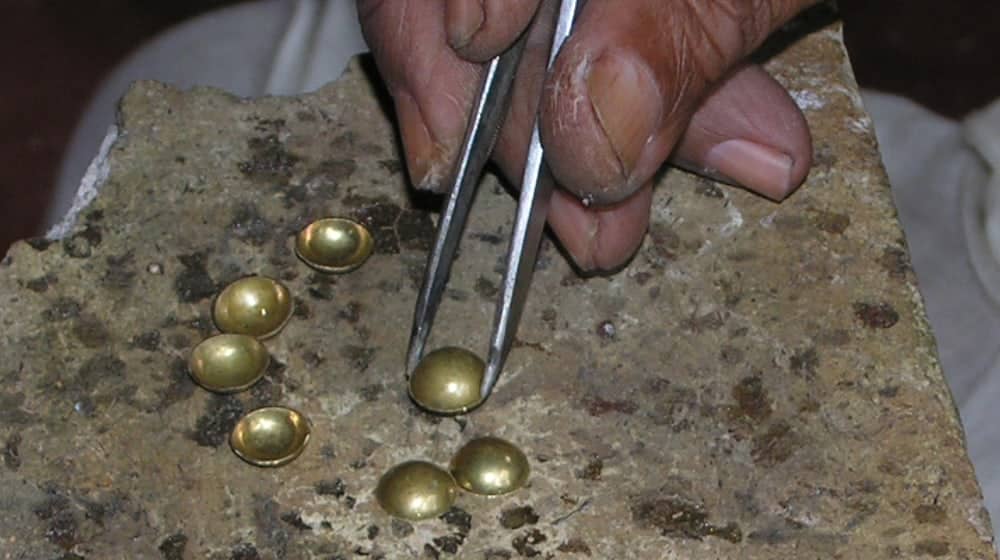
Artisans have reinvented the ancient production techniques of tribal jewelry making in Orissa.
See examples
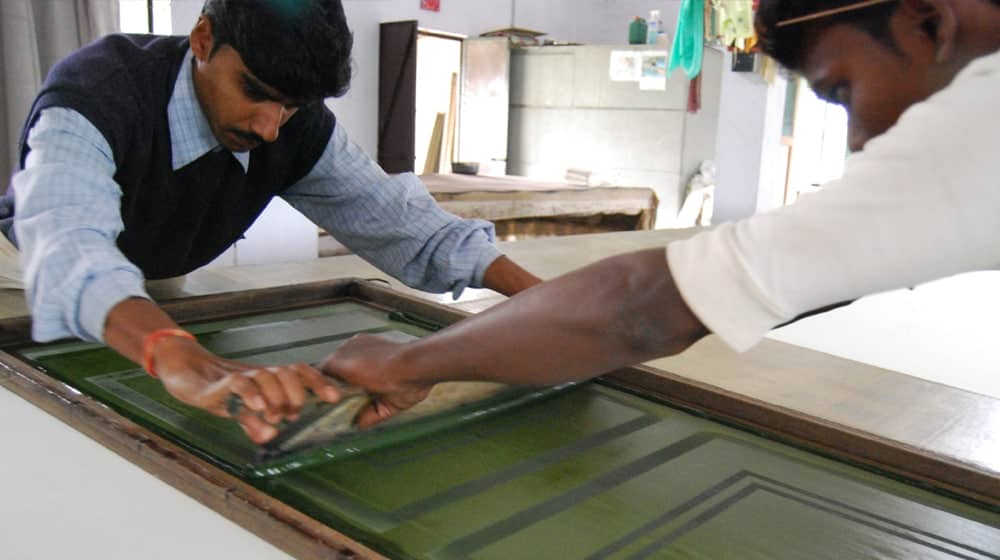
Screen printing on textiles offers great freedom to the designer. Block printing is a versatile old craft used to print by hand on paper and fabric.
See examples
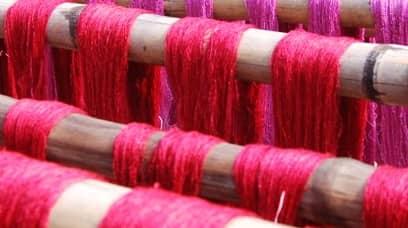
Dyeing yarn and fabric with natural colors has been revived. There is room for much experimentation with colors and materials.
See examples
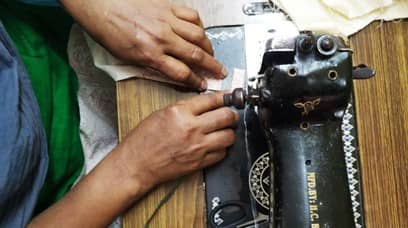
Sasha works with several women’s units who are very skilled in tailoring garments as well as bags.
See examples

This is fine embroidery of Mogul origin, on a frame using an aari or awl, uses zari, sequins or beads. The artisans have a very fine eye for detail can make even a small flower come alive with their stitches.
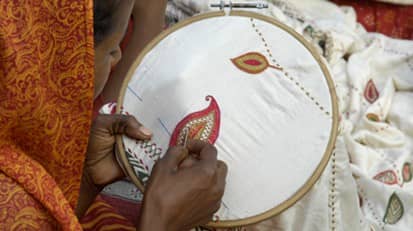
The simplest stitch in embroidery – the running stitch – is used in different arrangements to create a beautiful variety of complex designs.
See examples
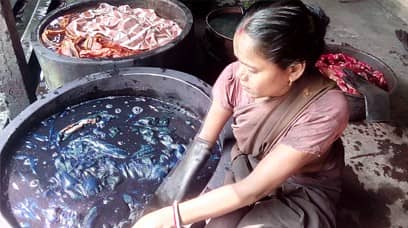
Shibori is a Japanese process of embellishing textiles by folding, crumpling, stitching, plaiting, plucking and twisting fabric before it is dyed.
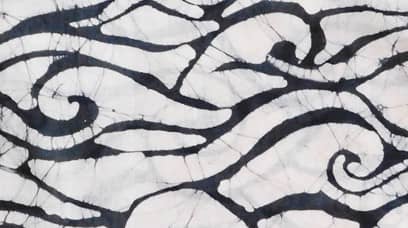
Our artisans use the brush and block batik dyeing technique to make stoles with beautiful designs. How will you use this creative wax process to embellish your product?

Screen printing on textiles offers great freedom to the designer. Block printing is a versatile old craft used to print by hand on paper and fabric.
See examples

Dyeing yarn and fabric with natural colors has been revived. There is room for much experimentation with colors and materials.
See examples

Sasha works with several women’s units who are very skilled in tailoring garments as well as bags.
See examples
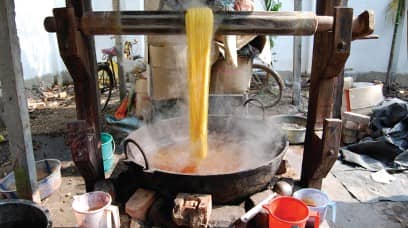
Dyeing of yarn and fabric in AZO free dyes, sometimes plain and sometimes using tie and dye techniques
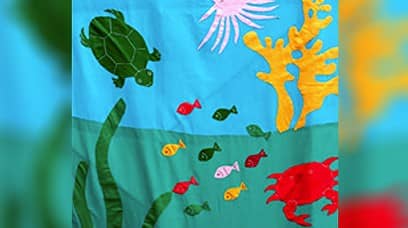
Traditional to Orissa, this kind of appliqué was originally used to decorate festive tents and umbrellas.

This is fine embroidery of Mogul origin, on a frame using an aari or awl, uses zari, sequins or beads. The artisans have a very fine eye for detail can make even a small flower come alive with their stitches.
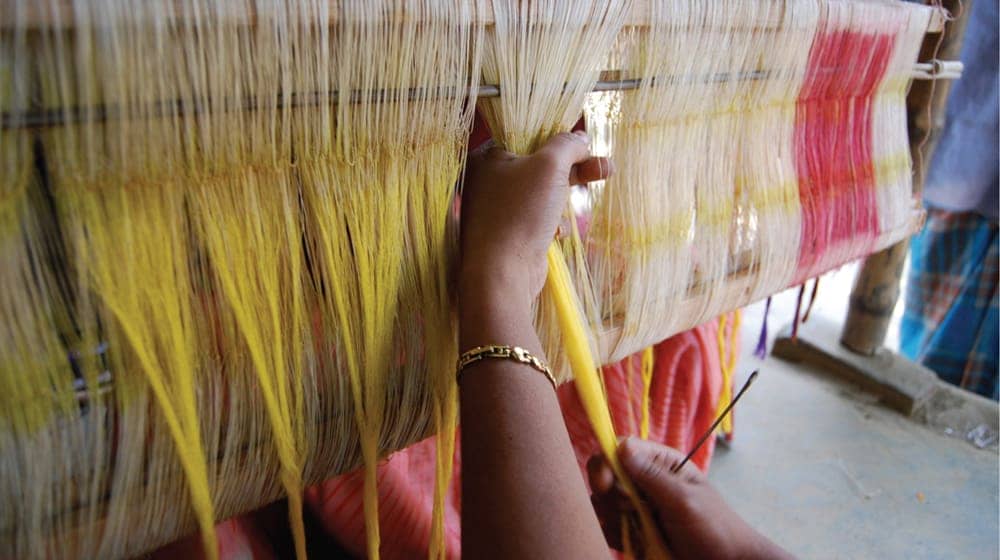
There are many weaving communities in East India and each has their special techniques, motifs and colors. Weaving is done in cotton and silk to make stoles, saris and bed linen.
See examples
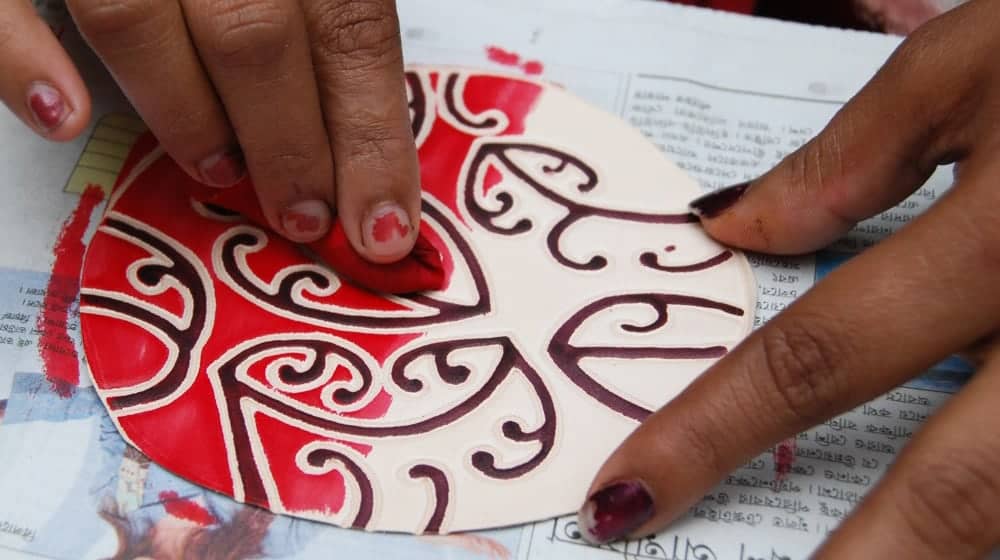
A craft special to Bengal, hand embossing and coloring of leather offers wide scope to a designer for experiment.
See examples

The simplest stitch in embroidery – the running stitch – is used in different arrangements to create a beautiful variety of complex designs.
See examples
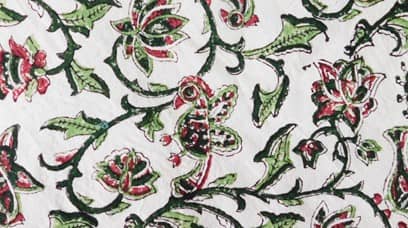
Kalamkari is the traditional Indian craft of painting and printing on fabrics. It is a complex process that uses only natural dyes.

Traditional artisans make a large range jewelry using brass, copper, glass beads and cotton threads.

Blue pottery is a technique introduced from abroad. It uses a simple process to create and shape clay that is formed into beautiful artifacts that are painted, glazed and kiln-fired.
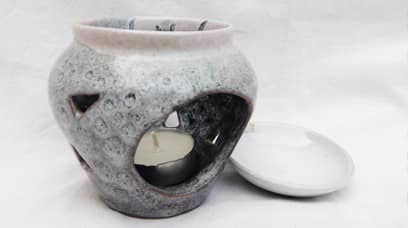
New ceramic technologies are merged with heritage techniques to produce a range of fine, glazed ceramic products for decoration, toys, wall-hangings and household pottery.

Bell metal is a hard bronze alloy used for making bells and ornaments.

Artisans have reinvented the ancient production techniques of tribal jewelry making in Orissa.
See examples
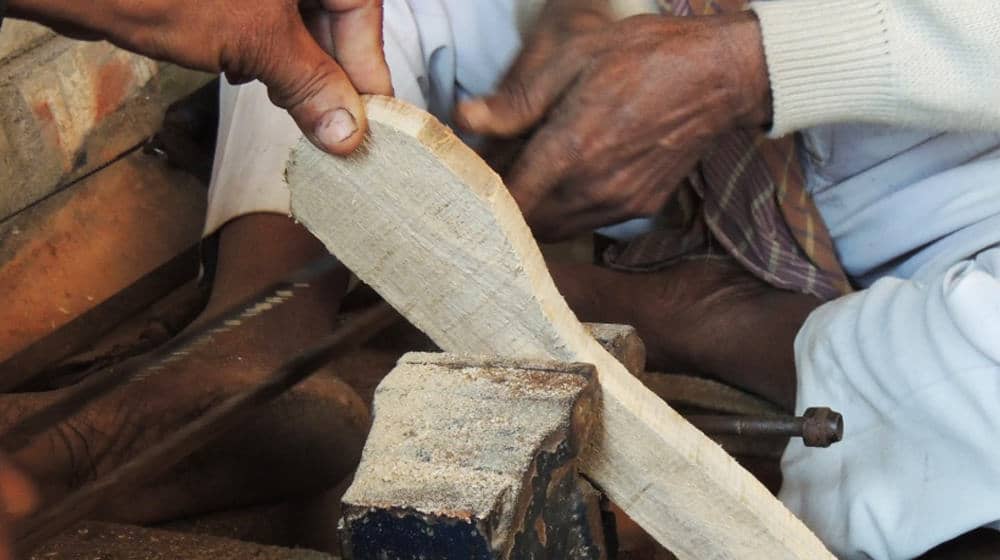
Woodcraft is the artistic practice of shaping and decorating wooden objects into diverse range of utilitarian and decorative handicrafts items.
See examples
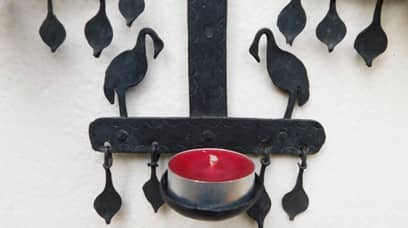
This original version of this craft is practised by tribal communities in Central India. The iron is heated and wrought into lively animal and human figures to make a variety of lamps.
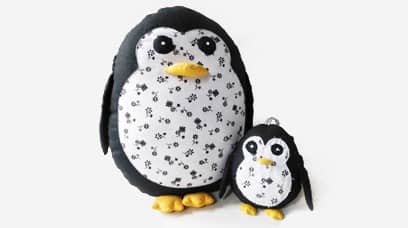
Women usually make soft toys and since the craft is easy to learn, a number of fun design variations are possible.
See examples
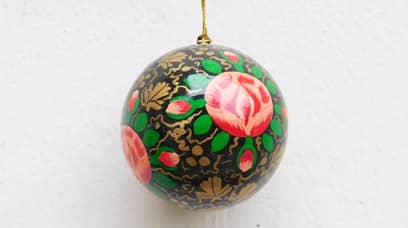
Papier Maché animals, hangings and decorations are made in Orissa and painted in the traditional style of that region.
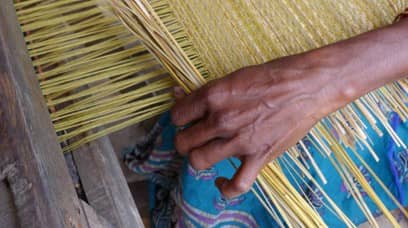
Mats have traditionally been woven all over India with locally grown grass. Today, a range of exciting table accessories has evolved using this wonderful material and craft.

Musical instruments are made by and for the Baul community traditionally. Bauls are wandering minstrels of Bengal who sing mystic songs about life and the world around us.

Notebooks and paper desk accessories are made using creative print techniques.
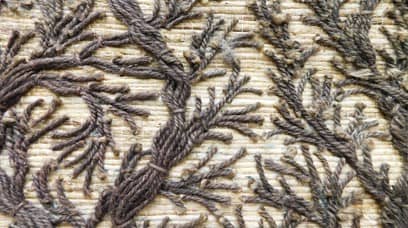
Wall hangings made from jute transform the “golden fiber” into beautiful works of non-toxic, environmentally friendly art.

A traditional craft in Orissa, made from the fiber in the outer layer of coconuts. Coir is dyed and transformed into a variety of animals and flowers as toys or decorations.
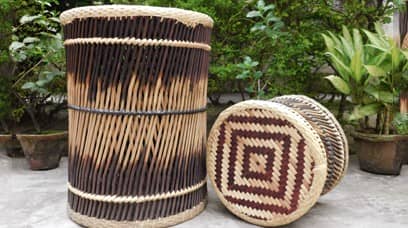
Intricately woven into stools or murrahs and baskets of all types
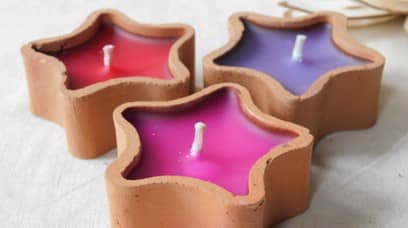
Aromatic candles made in a variety of colors, shapes and fragrances with terracotta and glass containers
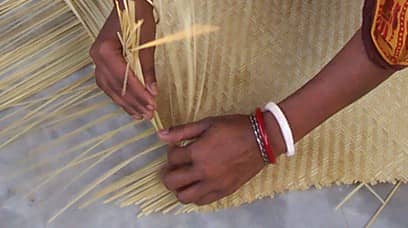
Basketry is a rural craft intimately connected with everyday life. Bamboo, cane and grasses are woven into baskets, furniture, trays, floor mats, bags and fruit baskets.

A traditional, tribal method for the wax casting of brass. Striking and unique, every piece is meticulously handcrafted without the assistance of modern technology.
See examples